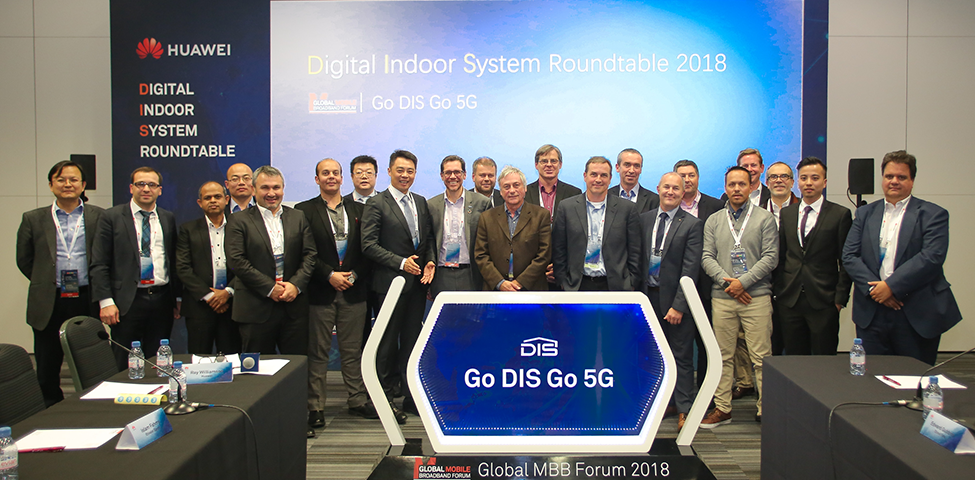It has become increasingly apparent to the mobile industry in recent months that the networks of base stations which make its work possible are, in one very important way, imbalanced. The infrastructure which allows connected devices to talk to their networks – and to each other – is largely designed for outdoor use cases, much of it having been installed during an era when the greatest demand on them came from people making phone calls on the move.
With the explosion of variety among connected devices over the last decade, this has ceased to be the case: around 80% of all of cellular traffic now occurs indoors. As we enter the 5G era – with the myriad new forms of connected entertainment and smart living that is already bringing to the home – the indoor connected world will only become more important. And, as public indoor settings – airports, train stations, shopping centres and so on – also become larger, busier, and more complex in their many connected devices, the volume of indoor data consumption will continue to skyrocket around the world. At the same time, however, public spaces and the authorities that control them do not typically have the capacity or willingness to deploy individual base stations.
This calls for an infrastructural generation shift. The predominant form of base station globally at present uses Distributed Antenna Systems – or DAS – which is optimised for outdoor use cases. The industry is now starting to unite around wholesale transition to the next generation of indoor systems such as Huawei’s Digital Indoor Systems (DIS), in recognition of the need for change. As well as being more conducive to delivering indoor connectivity, next generation indoor system will offer greater bandwidth and coverage, and – crucially –support the networks of any operators, rather than requiring a separate module for each individual carrier.
The viability of this endeavour can therefore be ensured through pan-industry cooperation – what would be onerous and disorganised if attempted apart, can be made a solid investment for all through joint use. The first industry-wide step on this road took place in November in London, at the first C-level industry roundtable on this issue: Huawei’s DIS Roundtable brought together leading operators and technical partners from around the globe to consider how best this can be achieved.
Whether the business model involves a lead operator taking ownership while guest operators pay an O&M fee, or a neutral host offering a partnership between operators in tandem – or some other model entirely – can be determined later in the process. The important thing for now is that the conversation is taking place; collaboration is at the heart of the GSMA’s work, and we are delighted to see initiatives of this kind among our members.
Amongst the various technical and commercial topics of discussion on the day, one was never far from conversation: 5G, and the importance of ensuring its potential is met. Gartner’s Vice President Ian Keene was clear that 5G readiness is simply a must for the enterprise market – “when you talk with enterprise about indoor networks, they will all say they must be 5G ready.” And, as HKT’s CTO Henry Wong told delegates, “in terms of peak data rates, capacity, frequency support, and 5G evolution, DIS is the only choice.” The room united around this point with a degree of unanimity not often seen in any industry.
It’s a highly encouraging development, but there remains a good deal of work to be done to build on this concord. “There are huge demands in the UK for indoor coverage, but the cycle time to get agreement between stakeholders is too long – we need to accelerate the DIS industry,” urged Nigel Atkinson from Node Technology. We hope this event marks the first of many aimed at securing that momentum.
